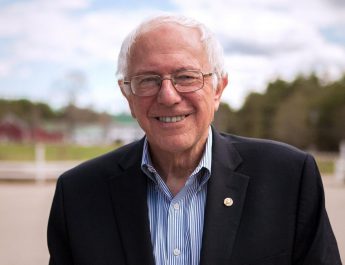It has become increasingly clear to the world that there is not one, but two, actually three, distinct levels of conflict embedded in what the world’s media and political leadership deceptively insist of calling the ‘Ukraine War.’ The first level was clearly initiated on February 24, 2022 when Russia launched an aggressive war against Ukraine imperiling its sovereign rights and territorial integrity.
The second level was difficult to discern in the first weeks of the war, but became soon evident as the NATO countries led by the United States placed an increasing emphasis on lending escalating support to Ukraine’s adopted goals of achieving an unexpected military victory. This support took various forms including the steady supply of heavy weaponry, robust economic assistance, punitive sanctions, and a drumbeat of ‘official’ demonization of Russia and its leadership. In the beginning it seemed appropriate to lend support to Ukraine as the target of aggression, and hail the resistance effort led by President Volodymyr Zelensky, in defense of a relatively small country being overrun by its large neighbor.
Even this widely endorsed narrative was deceptive and one-sided as it overlooked the provocative nature of NATO expansion, abetted in Ukraine’s case by American interference in the internal politics of the country to help turn the political tide in the country against Russia. It is in this internal setting that the third level of the war persists as there is no doubt that anti-Russian elements in Western Ukraine were deeply abusive toward the majority Russian speaking population in Eastern Ukraine known as the Donbas region. The non-implementation of the Minsk Agreements negotiated in 2014-15 to protect the Ukrainians in the East was never properly implemented. It remains uncertain as whether the Russia/Ukraine level of combat can be resolved without serious addressing Russian and Donbas concerns at the core of this third level of conflict.
What has been apparent to critics for some time is that Western diplomacy has become primarily committed to second level Geopolitical War even at the cost of greatly prolonging and aggravating the Ukrainian war on the ground and producing growing risks of a wider war. Only in the past few days has this priority been more or less acknowledged by high officials in the U.S. Government, most dramatically in the visit of Antony Blinken, Secretary of State, and Austin, Secretary of Defense to Ukraine and later to meeting in Europe with their NATO counterparts. What was revealed was that the number one policy goal of the U.S. was ‘the weakening of Russia’ made a viable undertaking by the unexpected resistance capabilities of Ukrainian armed forces bolstered by a show of unified patriotic resolve. In keeping with this line of thinking, arms shipments to Ukraine were increased significantly, and more tellingly, overtly acknowledging the shipment of so-called heavy armaments with offensive capabilities.
As this dynamic unfolded, Germany dramatically reversed its policy of not providing heavy weaponry, and the whole tenor of assistance was shifted from helping Ukraine resist to addressing the geopolitical agenda with its two goals: inflicting a humiliating defeat on Russia and signaling to China to not doubt Western resolve to defend Taiwan.
Läs mer:
- The Second Level Geopolitical War in Ukraine Takes Over – Richard Falk – counterpunch.org, 29 apr 2022.


